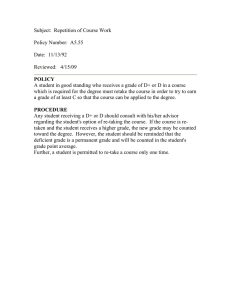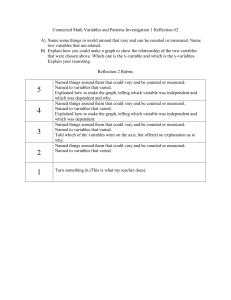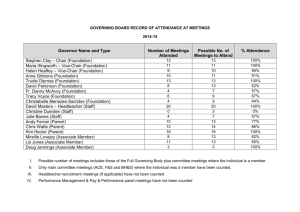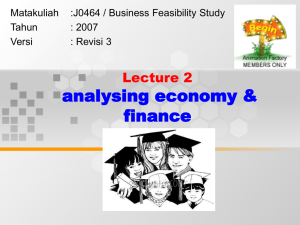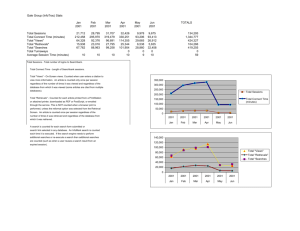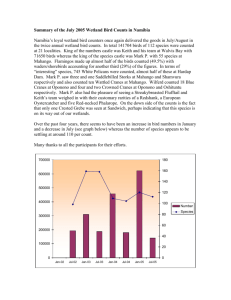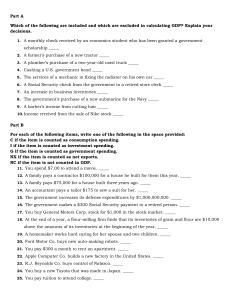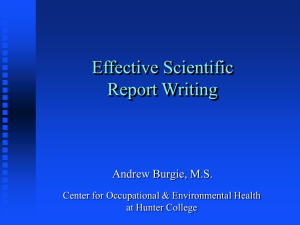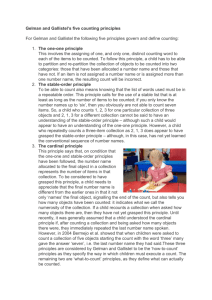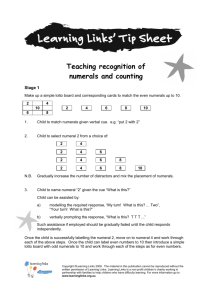Structuring_your_Extended_Project
advertisement
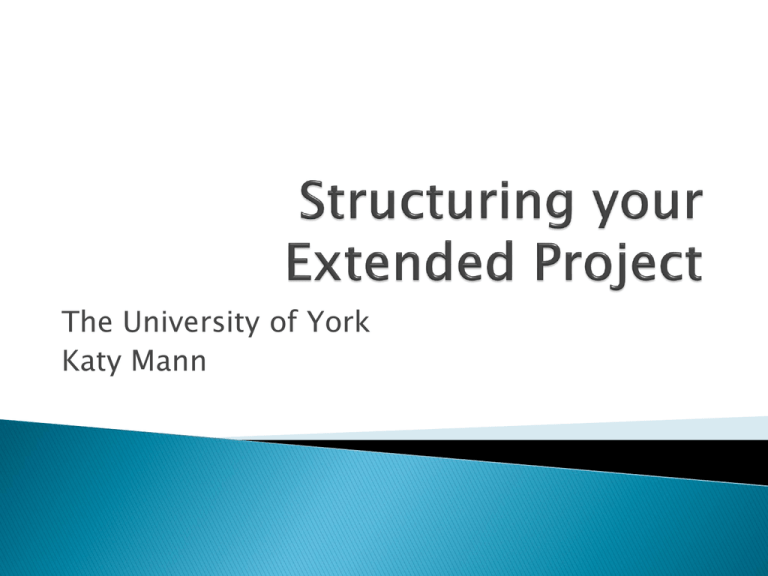
The University of York Katy Mann Why is structure important in a piece of academic writing? List three reasons and compare with your partner. Academic writing conforms to a set of general moves. “ Academics say they enjoy innovative structures devised by their students, but they also warm very positively to this classic model “ ( Barnes, 1995 p.130) Title page ( not counted) Contents ( List of acronyms) ( not counted) Abstract ( Abbrev.Acknowledgements) ( not counted) Introductions Review of background literature Critique/ comment on literature Summary & conclusion Recommendations References ( not counted) Bibliography ( not counted) Appendices ( not counted) (Blaxter, 2006) 1. What is the question/ problem or situation addressed? Title/ Introduction 2. How was the matter studied? Methods 3. What information/ data was obtained? Results/ Appendices 4. What interpretations/ comments and evaluations were made? Discussions/ conclusions 5. What actions are recommended? Conclusion/ recommendations Within most sections of the project report there are a series of moves ( Swales, 2000). Functions To establish the background/ context and importance of the research To explain the value To identify the gap To provide the reader with a clear structure To clarify any key terms/ abbreviations Establish the importance of the topic •Give a very brief synopsis of the key literature •Give your question •Explain your interest in the topic Outline approach •Provide a synopsis of the research methods •Define key terms/ abbreviations Structure •Provide an overview of how you will organise your report Functions To give the reader all the information they need to understand your research To demonstrate the depth and breadth of your reading To establish connections between your study and previous studies To point out you know the arguments for and against the subject matter To inspire, educate and excite the reader Distant-close • You cite and discuss work ever closer to your own Research question grouped • From distance to close under each research question Chronological • History of research- be careful not to get too descriptive here. Evaluation Synthesis Summary Studies against Studies for Conference abstracts Journal articles Scholarly books Gov. reports Reliable newspapers To describe exactly what you did To explain why you did it To describe the advantages and disadvantages of the method To allow another research to repeat / expand on your research Describe different methods often used in this type of research Detail method selected and justify Describe exact procedure Discuss weaknesses Functions: To discuss relevant results or findings To demonstrate your critical thinking/ evaluation Reiterate aims/ research question(s) Restate key findings Refrain from introducing new ideas Recommend Zotero-Firefox extension Word 2007- referencing tool NOT footnotes Copy of questionnaire Interview transcripts Pictures/ diagrams not essential Observation records Extracts/ images Avoid all things that may confuse-abbreviations And so on….. etc Signpost-direct the reader Reference details in text and in References Numbers under 10 spell out Capitalisation-learn the rules and apply them British spelling-adjust spellcheck Narrow range of literature Lack of critical analysis Poorly structured Lack of references Weak reflection and refinement of aims Read through the model/ exemplar reports from previous cohorts. Think about why they were awarded A or A* Read the examiner’s commentary and compare it to your view. Does the introduction help the reader understand how your research fits into a wider area of study? Does the literature review demonstrate that you are familiar with a wide range of literature relevant to your study? Is your method section clear and detailed enough to allow another researcher to replicate it? Is the information in the results and discussion section relevant to your research questions? Are all your conclusions drawn from your research and supported by evidence? Are all the transitions managed smoothly? Are all the in-text references included in the References section?
